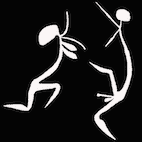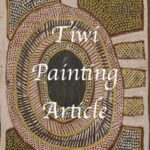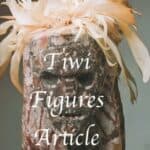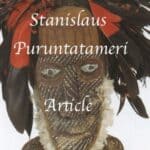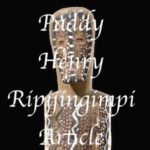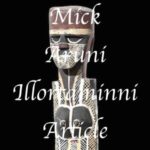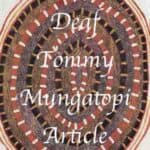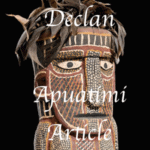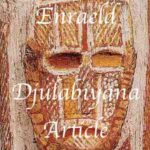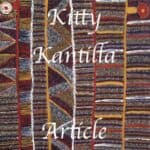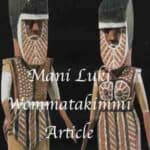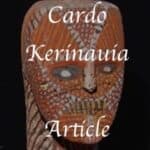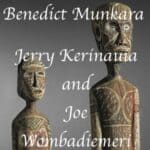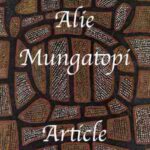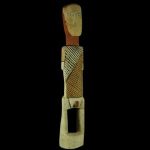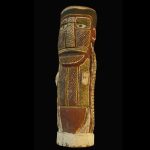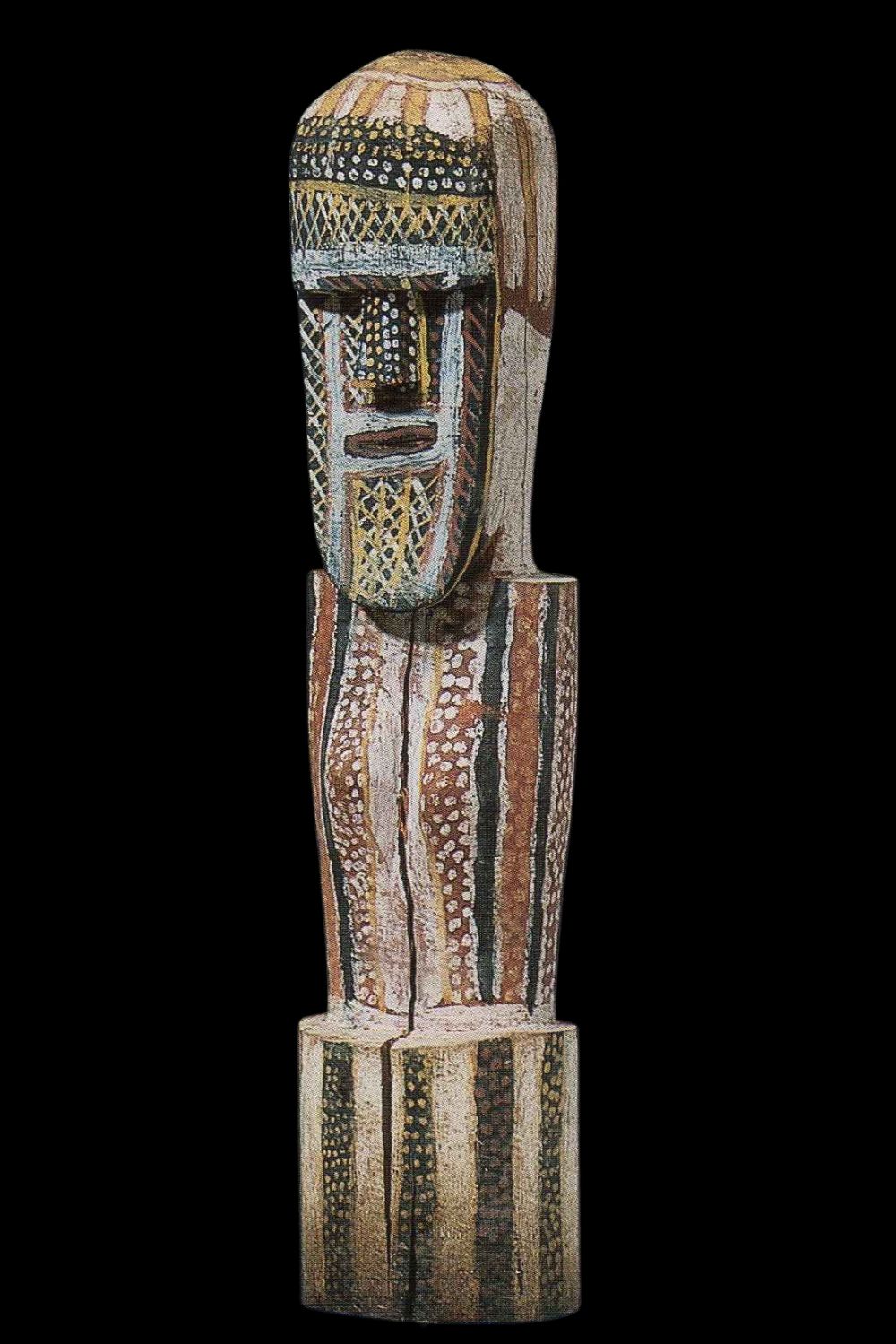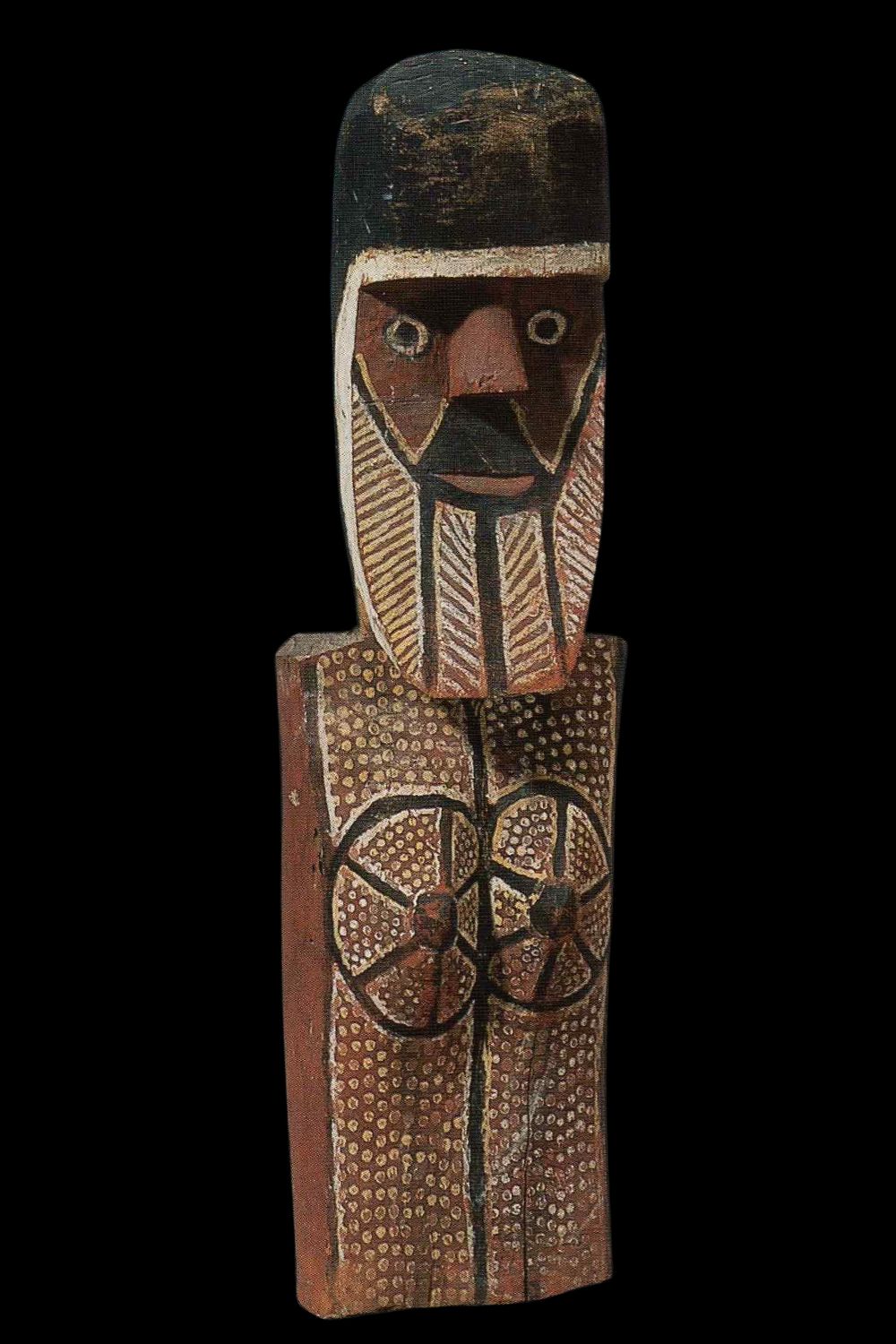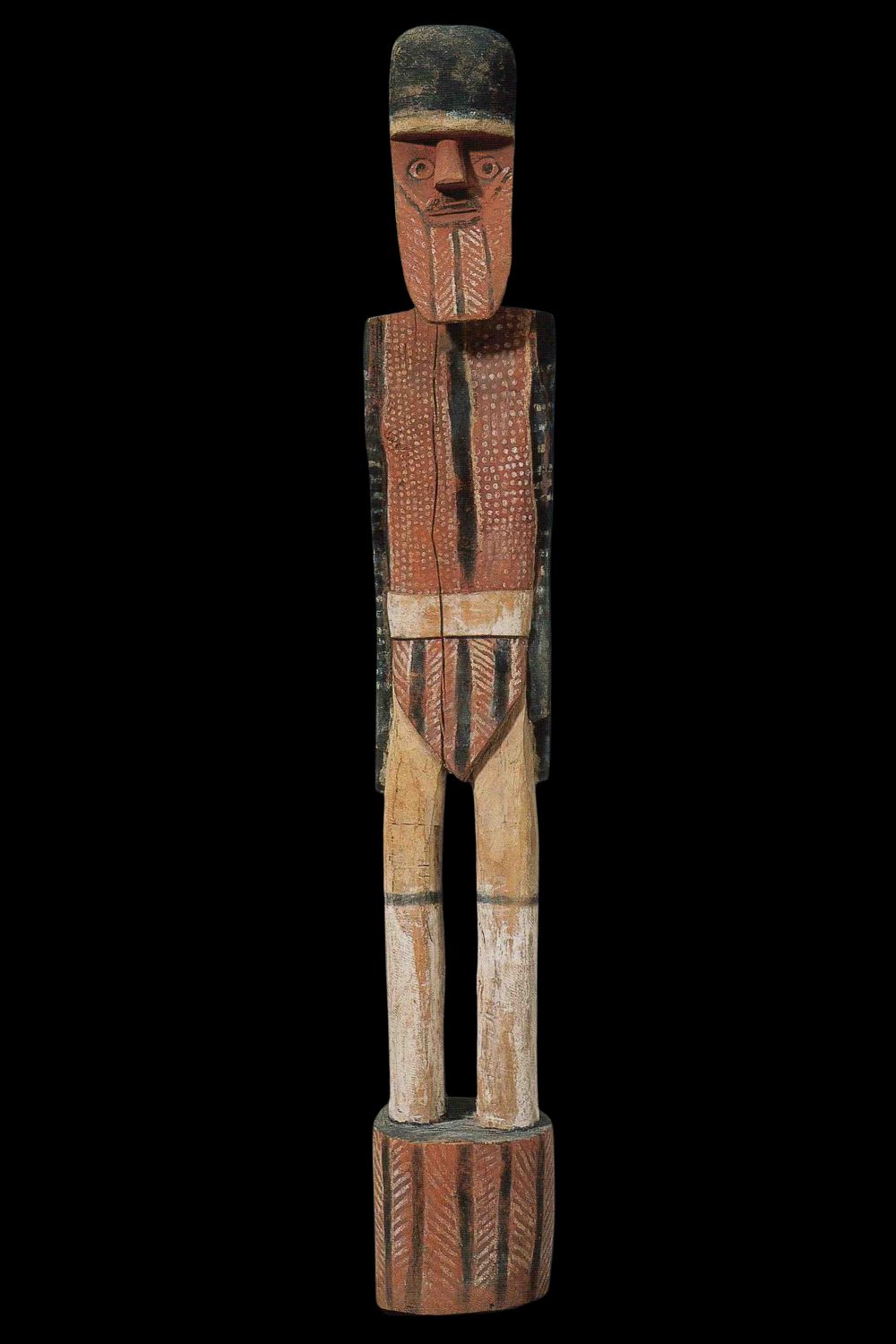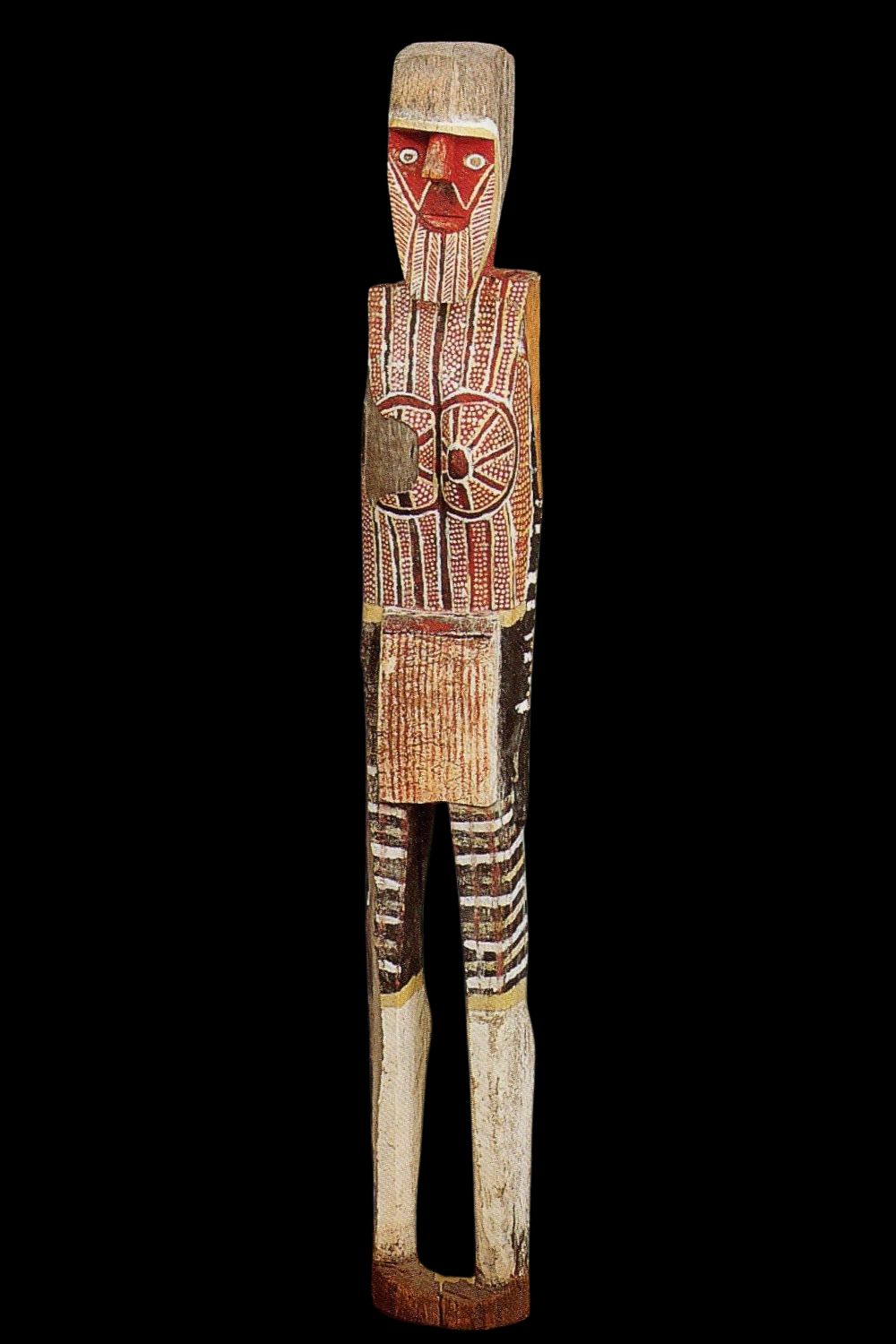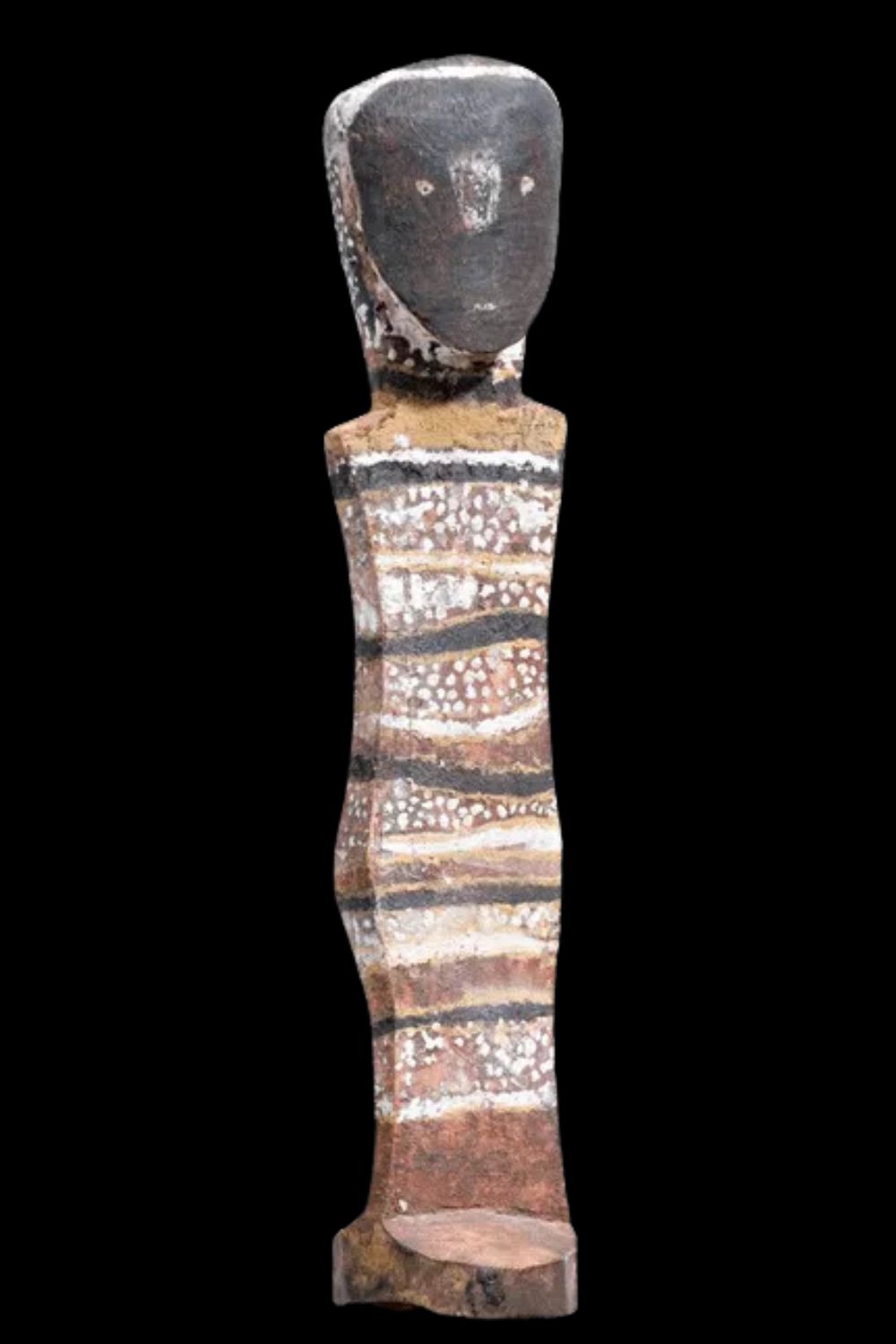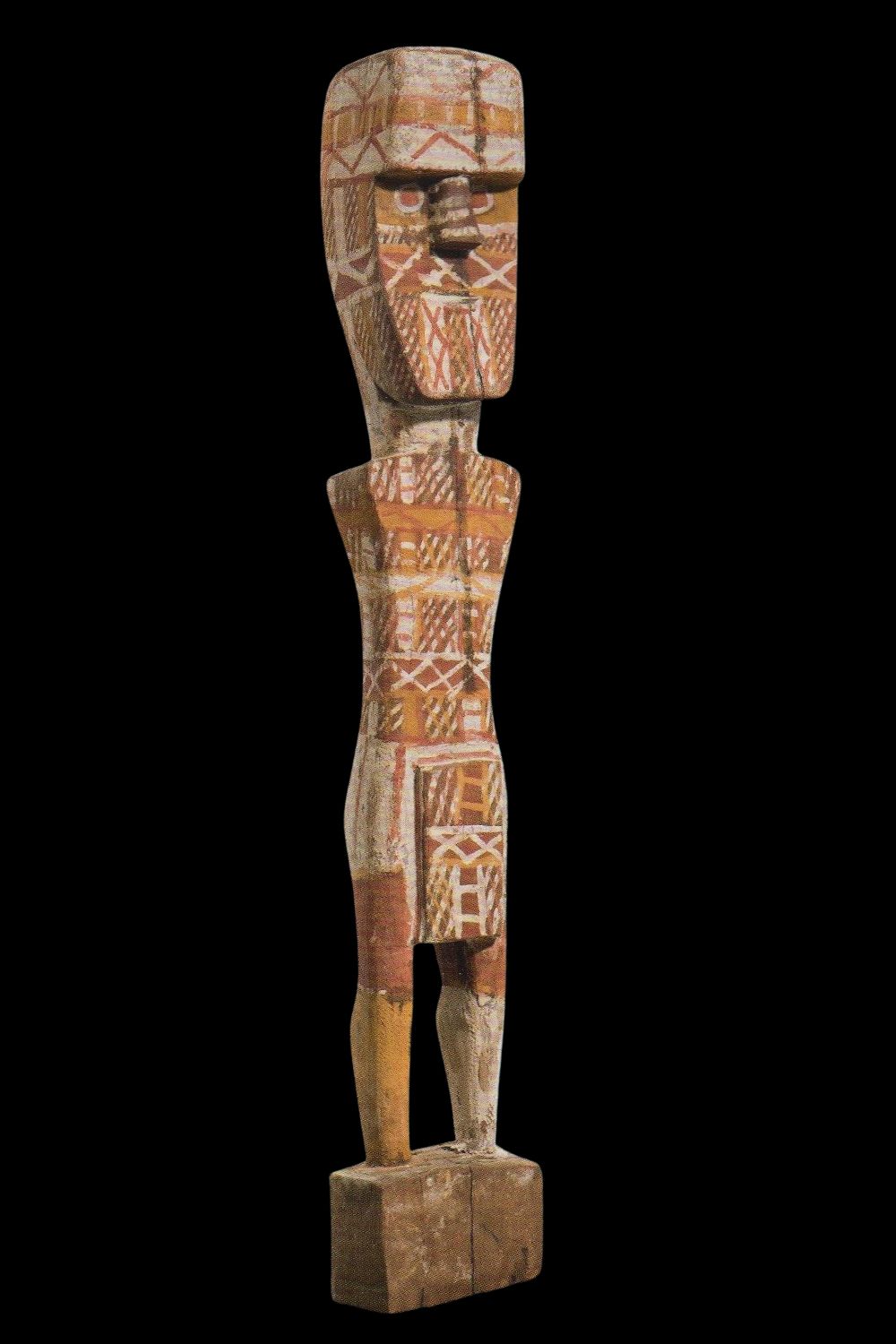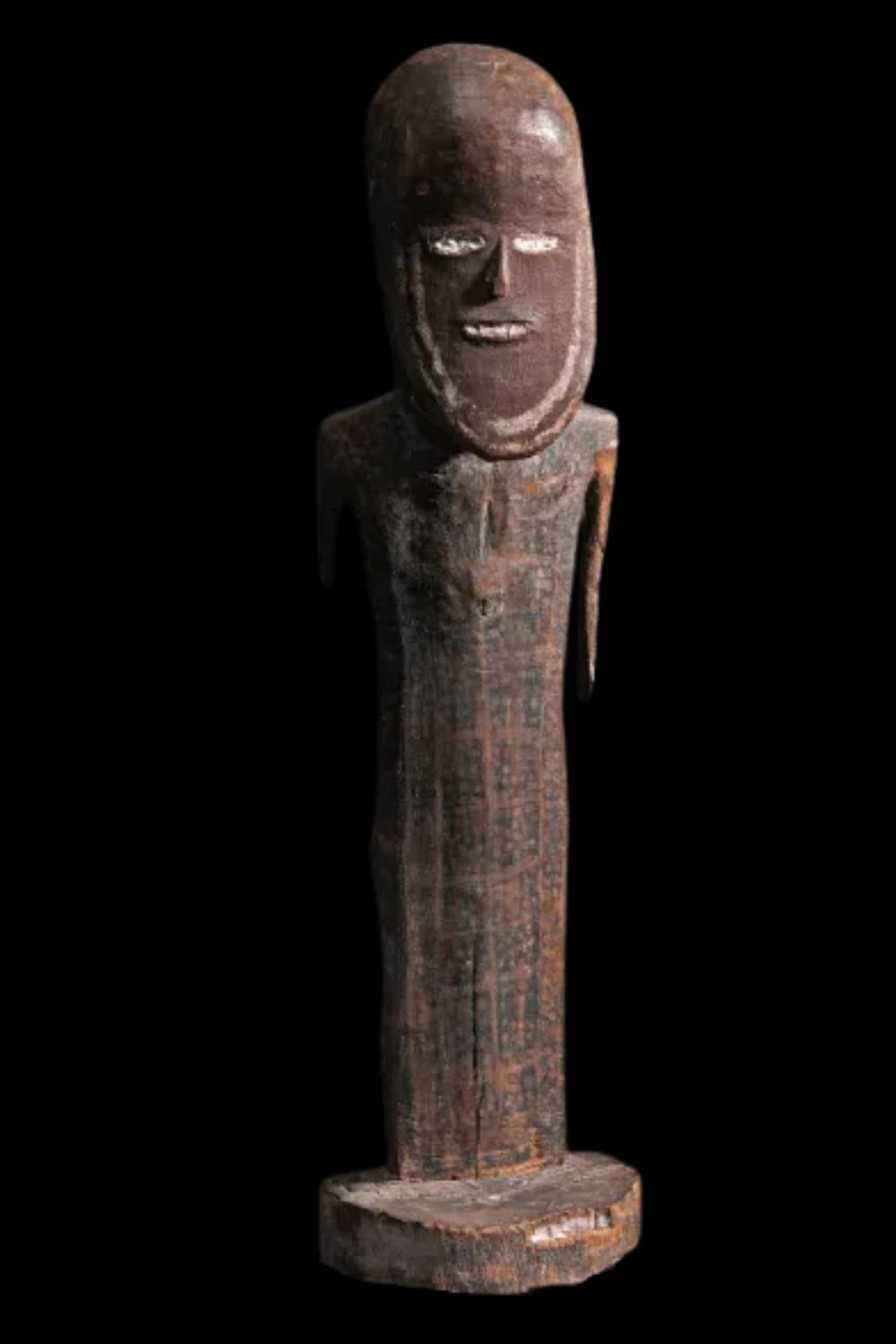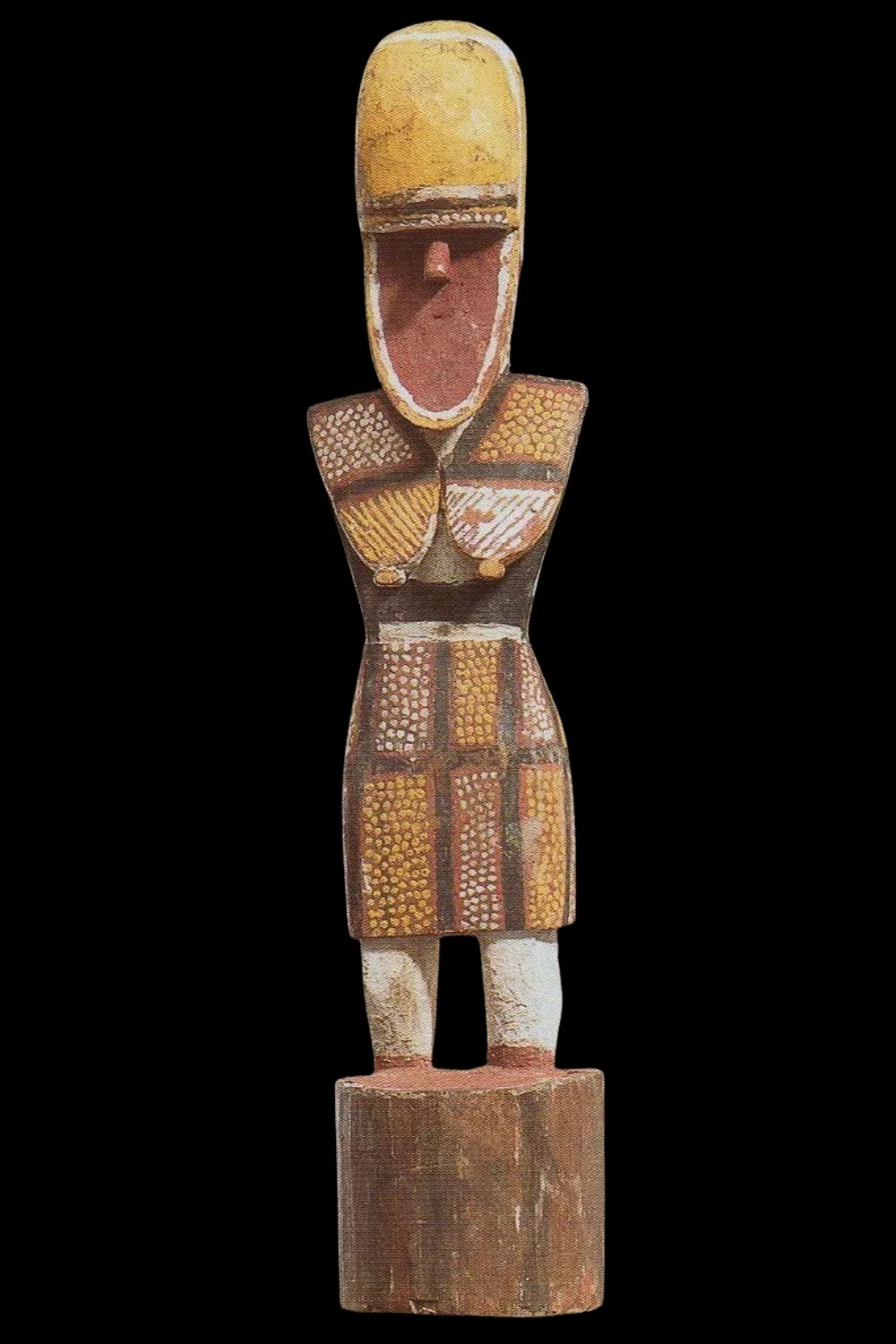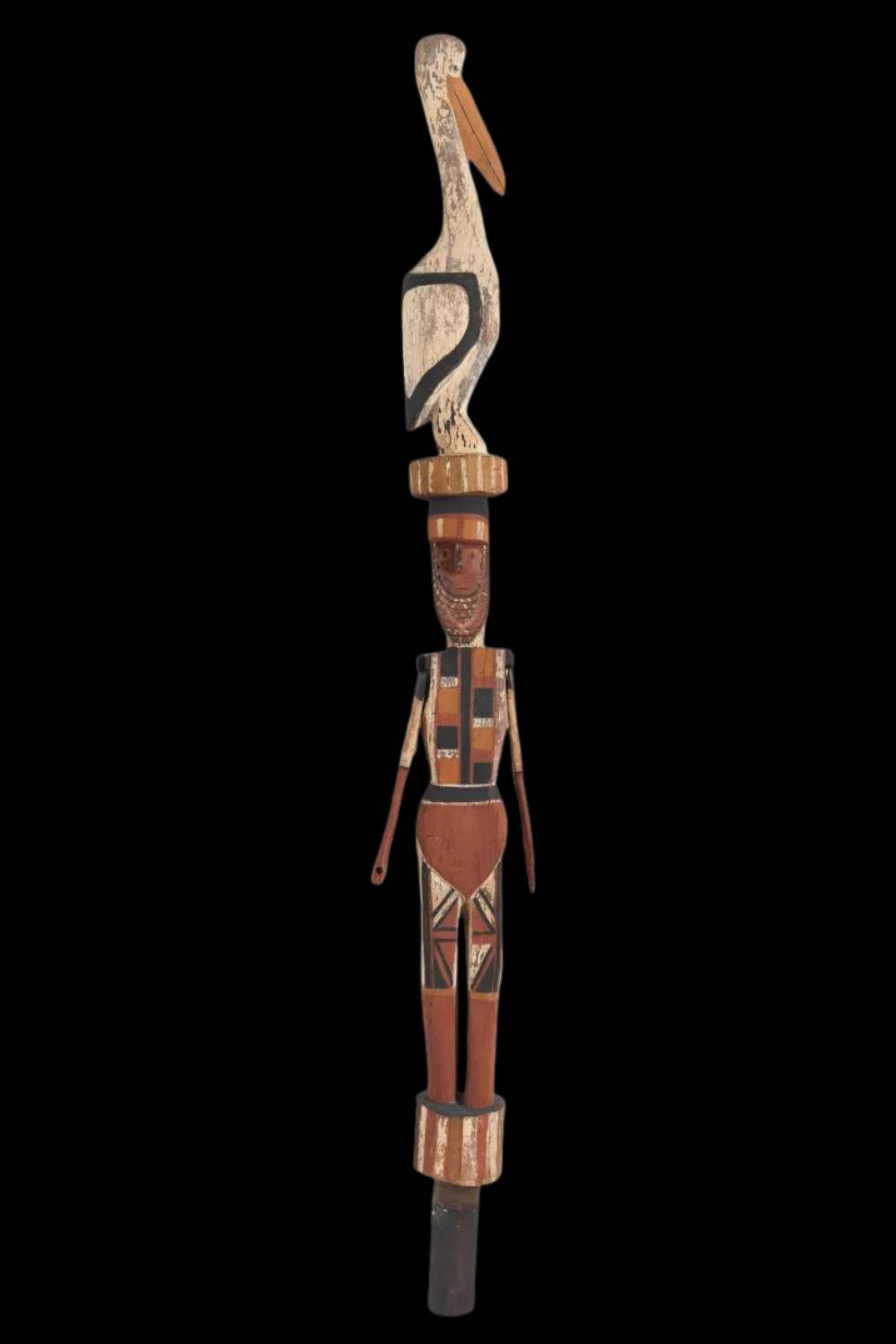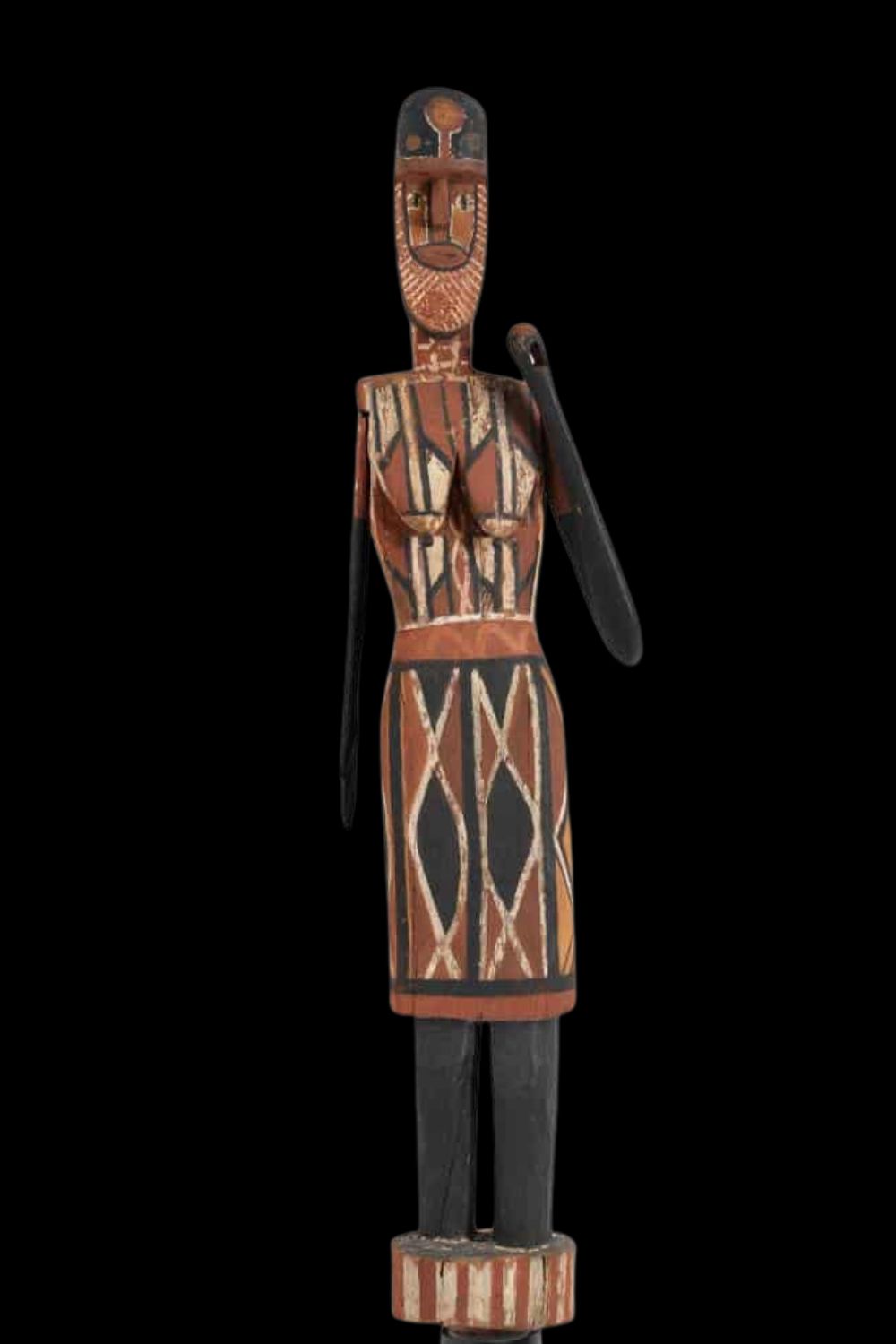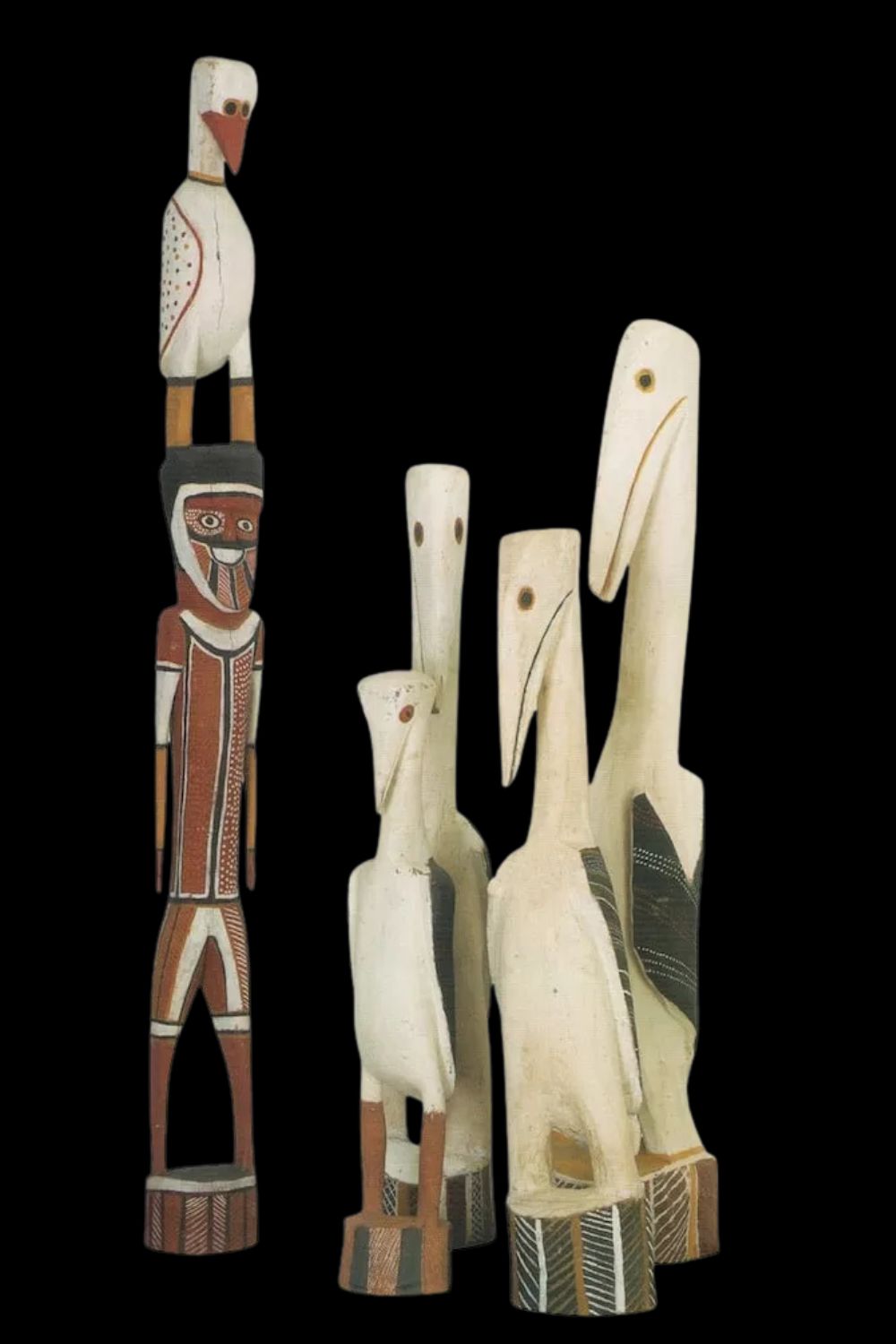Mani Luki Wommatakimmi: Master of Tiwi Sculpture
Mani Luki Wommatakimmi (c. 1920–1980) is widely regarded as one of the most influential and prolific Tiwi sculptors of the mid-20th century. Operating out of Paru on Melville Island during the 1970s, Luki was instrumental in shaping the modern trajectory of Tiwi art. Known for his finely crafted painted wooden sculptures, his work captures the intersection of traditional Tiwi belief and the evolving aesthetic movements of his time.
This article aims to assist collectors and art enthusiasts in identifying works by Mani Luki Wommatakimmi, providing a comparative overview of his distinctive style and artistic output.
If you possess a Mani Luki sculpture or are considering selling, please contact us. We invite you to send a high-quality JPEG image for an initial valuation—we would be delighted to assess your piece.
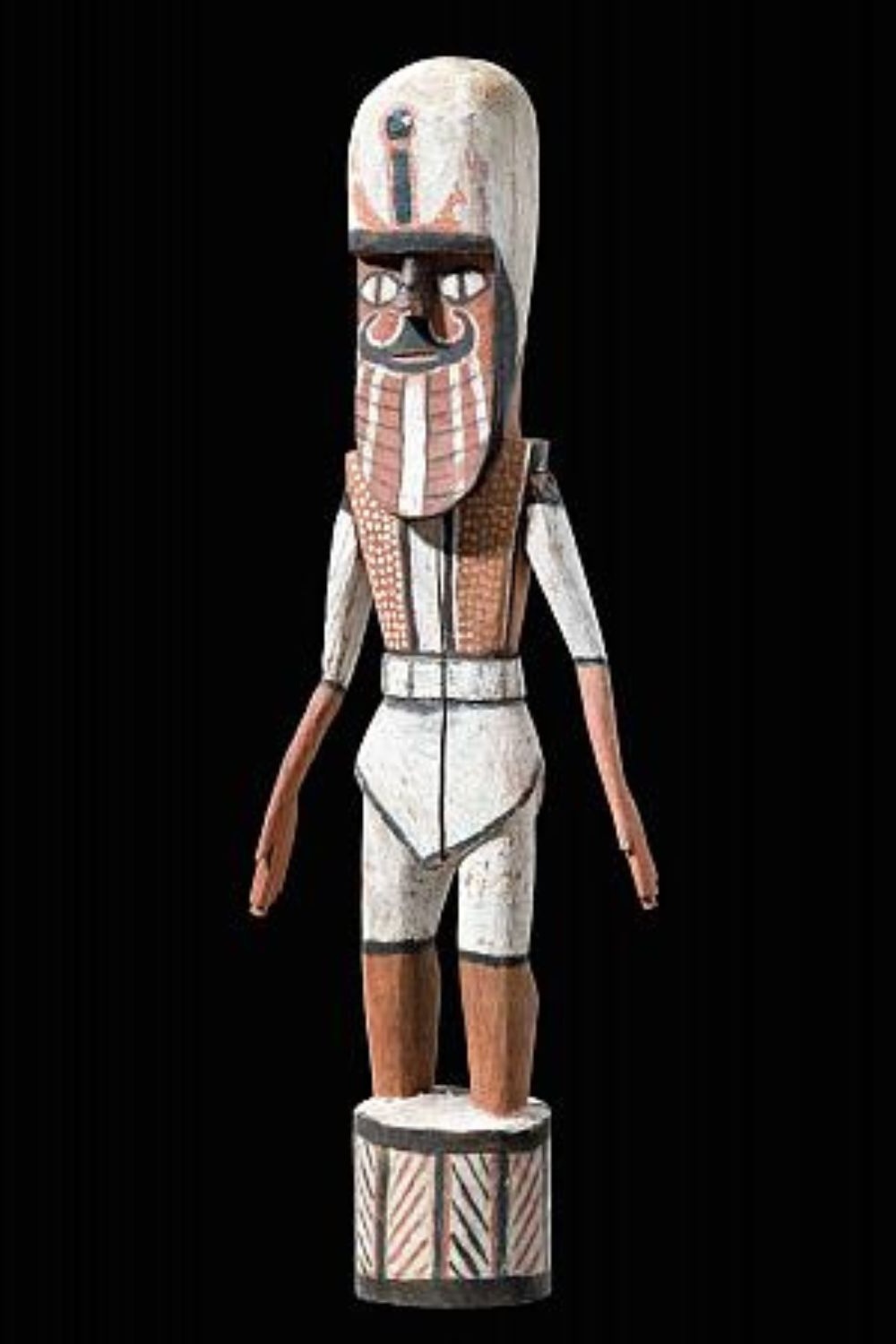
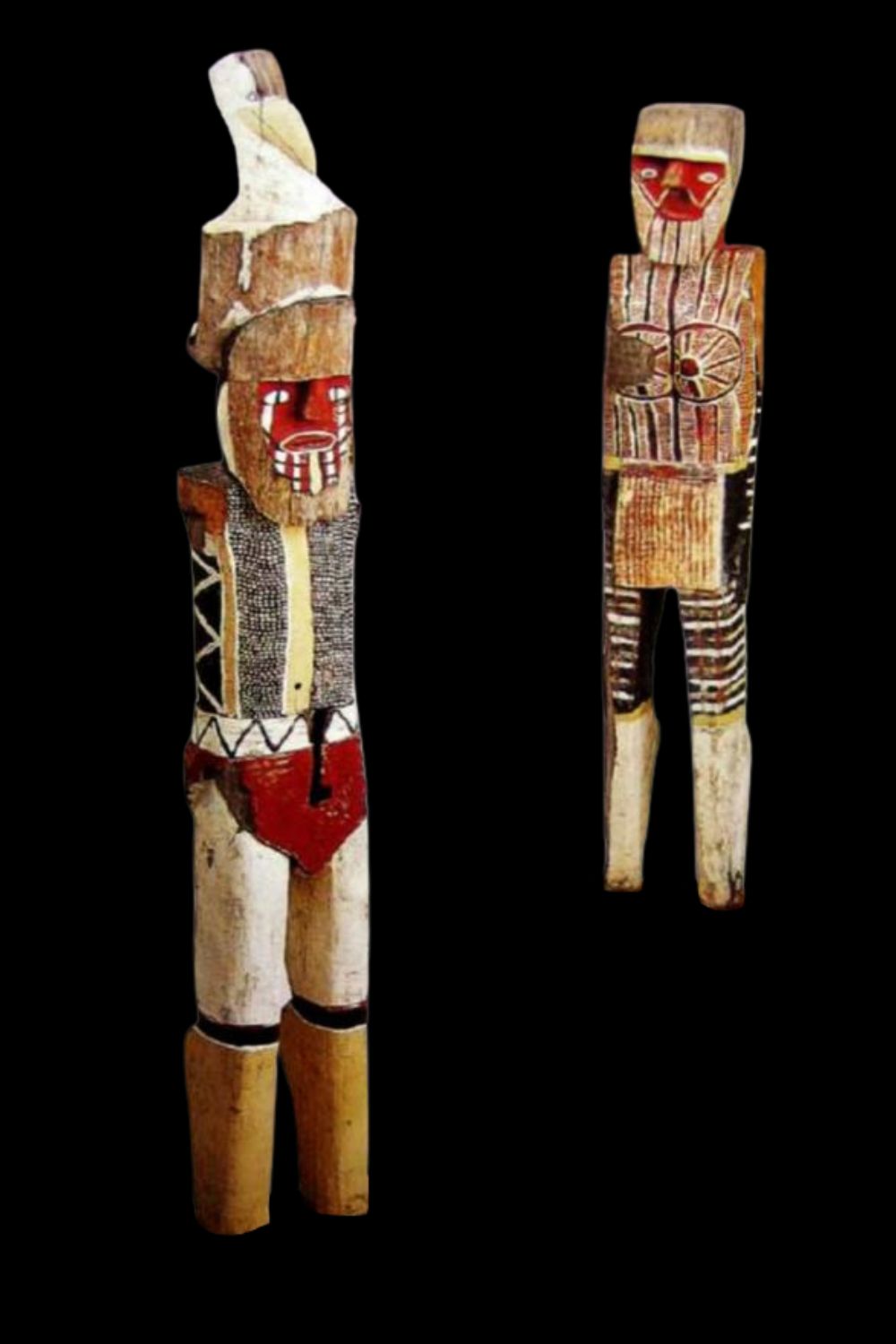
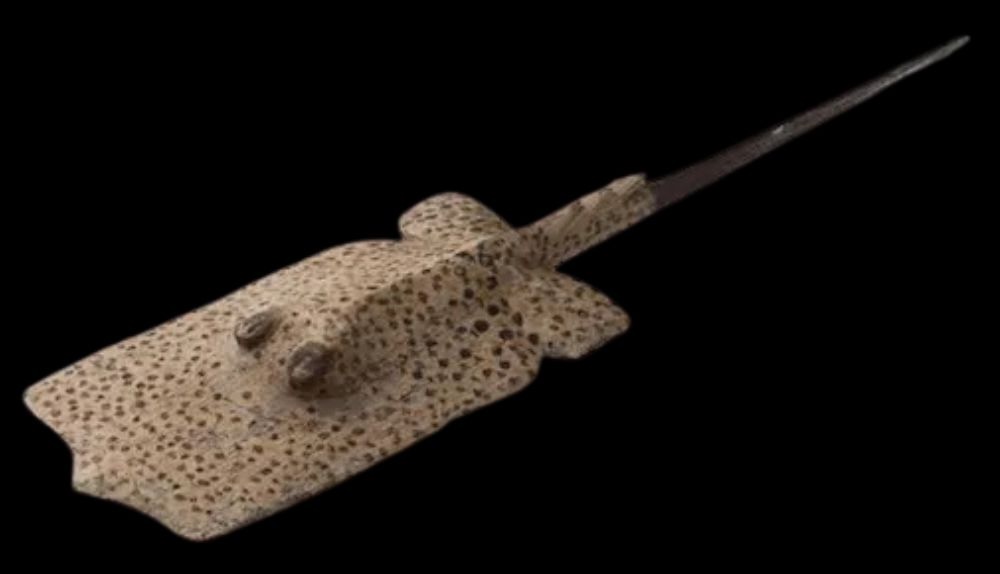
Identifying Sculptures by Mani Luki Wommatakimmi
Mani Luki Wommatakimmi developed a unique sculptural language that allows for straightforward identification, with several key characteristics defining his work:
- Distinct Facial Features: Luki’s figures often feature pronounced eyebrow ridges and clearly carved nose and mouth, which are hallmark traits of his style. These features lend a powerful expressiveness to his sculptures, setting them apart from his peers.
- Human and Spirit Figures: Luki typically omitted depictions of genitalia, with many figures draped in a loincloth. Female figures, however, often display carved breasts, a characteristic that highlights his attention to anatomical detail. His approach to human form is slightly abstract, and his work often features full figures as well as busts, each meticulously carved and painted.
- Unique Arm-Carving Technique: Luki was one of the few Tiwi artists to joint the arms of his figures to the body—an innovative technique that earned him the nickname “Harry Carpenter”. This added realism and a sense of life to his sculptures, distinguishing his work from others in the region.
- Cubistic Influence: His later works sometimes reveal a more geometric, cubistic approach to form. This stylization reflects a subtle shift in his artistic expression, which was in line with broader shifts in the Tiwi artistic movement during the time.
- Animal and Spirit Motifs: Among his many achievements, Luki is known for at least one iconic carving of a seabird, perched atop the head of a spirit figure—a motif that connects his work to the mythological and ancestral realms of Tiwi culture.
Other Tiwi sculpture artists working at the same time as Mani Luki include Purawarrumpatu, Stanislaus and Declan Apuatimi
Biography and Artistic Legacy
Mani Luki Wommatakimmi was born circa 1920 and passed away in 1980. Despite his prominent position in Tiwi art history, little detailed biographical information is readily available. It is believed that Luki was either the son or close relative of Black Joe Wommatakimmi, another early artist, which places Mani Luki in a lineage of skilled carvers that contributed significantly to the development of Tiwi sculpture in the 20th century.
Luki’s prolific output and technical prowess earned him great respect among his peers. His work remains highly collectible, as it strikes a balance between tradition and innovation, bridging the gap between early ceremonial sculptors and the more commercially-driven Tiwi art market that emerged in the 1970s and beyond.
Luki’s legacy is shared with other Tiwi sculptors of the era, including Purawarrumpatu, Stanislaus, and Declan Apuatimi, who, together, shaped the artistic landscape of Melville Island. However, Mani Luki’s style stands apart, with his innovative techniques and deep cultural roots continuing to captivate art collectors today.
If anyone knows more information about the biography of Mani Luki, please contact me as I would like to add it to this article.
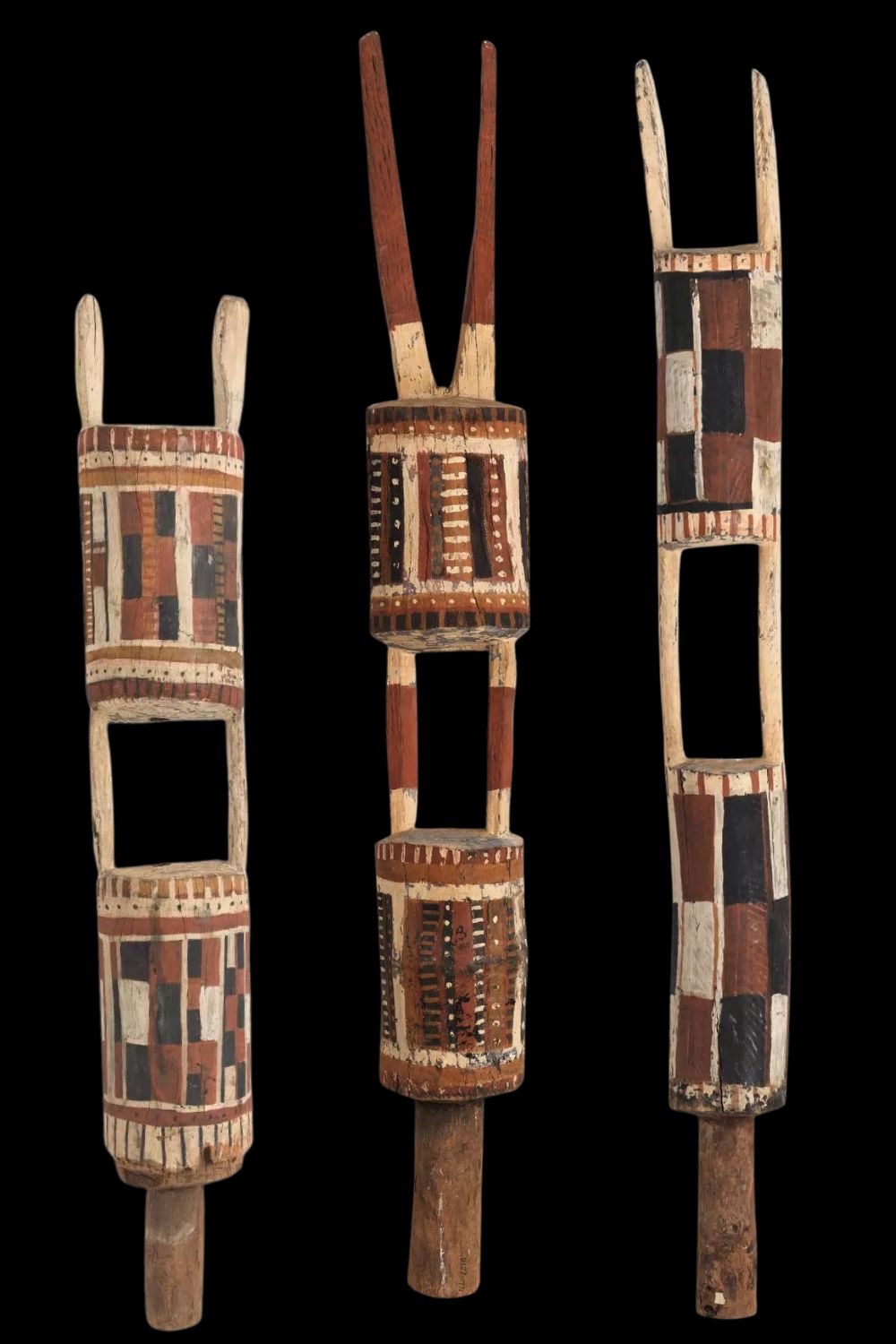
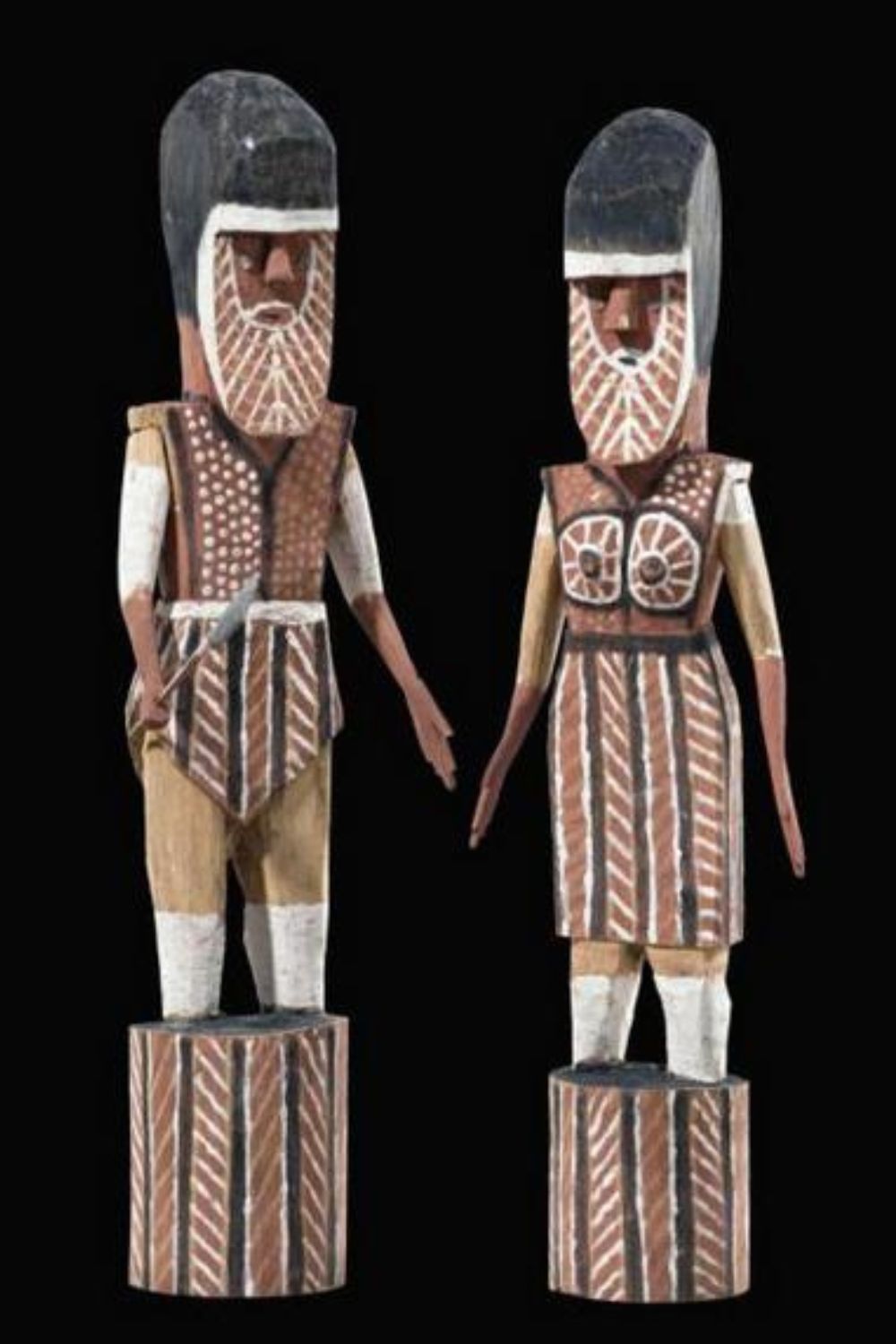
The Tiwi Dreamtime Story: Purukupali and Bima
Luki’s sculptures often draw from the Tiwi Dreamtime stories, most notably the tragic myth of Purukupali and Bima. The narrative recounts the origins of death in Tiwi culture, detailing how Purukupali’s wife, Bima, betrayed him with his younger brother Tapara. As a result, their child, Jinani, died when the sun moved and the child was no longer in the shade.
In his grief, Purukupali walked into the sea with his dead son and disappeared forever. Tapara, marked by the shame of his actions, was transformed into the moon, while Bima became a curlew—a bird known for its mournful cry. For the Tiwi people, Purukupali represents the first death, leading to the first Pukumani (burial) ceremony, a vital cultural and spiritual rite.
Luki’s sculptures—both figurative and symbolic—visually narrate this profound myth, preserving and transmitting the Tiwi worldview through carved wood.
All images in this article are for educational purposes only.
This site may contain copyrighted material the use of which was not specified by the copyright owner.
The following images are not a complete list of the artist’s works but give some idea of his style and variety.
